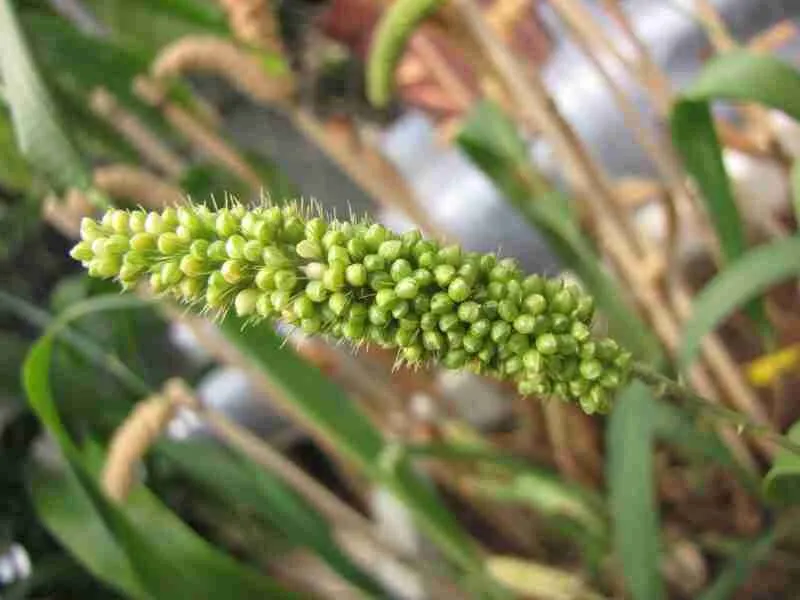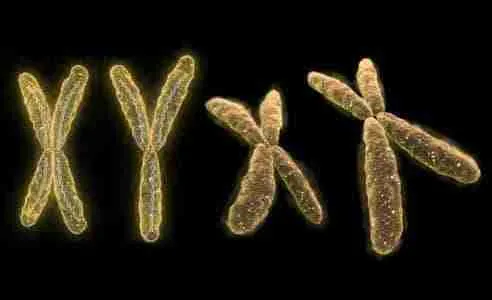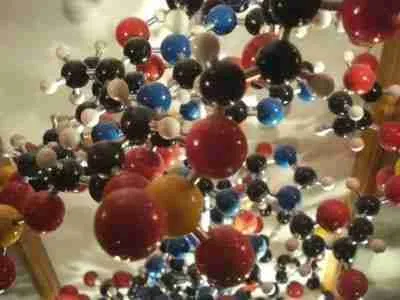Floral Morphology and Anatomy of Gramineae

The family of the Gramineae is of the order Glumiflorae. It is a very large collection of some 620 genera, fifty-nine of them represented in Great Britain. Most are annual or perennial herb with occasional woody forms. They are probably the most numerous of all higher plants and are distributed throughout almost every possible kind of environment. They compare with the Compositae in this respect. Owing to their extreme economic importance, the grasses have been studied in very great detail and special terms are used to described vegetative and floral parts. The structure of the main parts of a grass in a generalized from is given in. And the specialized terminology is used in the labeling. It is necessary to be familiar with this terminology if success in identifying species is to be achieved.
Each inflorescence of the gramineae is composed of one or more units called spekelets which may be arranged on the central axis or rahis in various ways. Some collections of the spikelets form compound spikes, e.g. wheat (Triticum), others are in raemes, e.g. fescue grass (Festuca), others in panicles, e.g. oat (Avena). It must be remembered that these terms used here are not comparable with the same terms used previously to describe inflorescences, since in grasses the unit is not often the single flower as in other plant, but the spikelet which is collection of flowers. Each spikelet may consist of one to several flowers or florets attached to a central axis, the rachilla. Within the spikelet, the flowers are usually hermaphrodite but may be unisexual in the upper parts. They are hypogynous, actinomorphic and with parts cyclically arranged.
At the base of the rachilla is a pair of bract-like structure known as the glumes. From their position they are called outer and inner or alternatively first glume (lower, outer) and second glume (upper, inner). These partly or wholly enclose the series of florets on the rachilla above them. Each floret has at its base also, a pair of small green bracts known by various names by different authorities. The lower bract may be known as the lemma, the lower pale, the flowering glume or the valve. The upper bract may be known as the palea,the upper pale or the valvule. It is simplest to describe them as the lower and upper pales. One or both pales may have the midrib prolonged into a slender awn from the tip of the pale or from half-way along its outer surface. Within the outer pale. Stand the floral parts. These consist of a pair of delicate scales known as lodicules possible representing a very reduced corolla (they may be absent entirely), there stamens (more rarely six, two or one) with long delicate filaments and often versatile anothers, and a tri-carpellary ovary with a single loculus enclosing a single anatropous ovule. Two of the carpels are never functional.
The ovary of the gramineae is superior and form its apex are borne two (rarely three) feathery stimas on short styles. The structure of both stamens and stimas indicated a wind pollination mechanism. Each rachilla usually bears several florets formed in the same pattern, but in some cases the extreme upper or lower florets may be sterile. The fruit is one-seeded, indehiscent and dry and therefore within the definition of achene. If has one peculiarity in that the ovary wall(pericap) becomes fused to the testa of the seed within such a fruit is known as a caryopsis or grain. In economic importance to man, members of the Gramineae undoubtedly hold pride of place. Their products form the staple diet of most populations, and the genera Triticum (wheat), Avena (oats), Hordeum (barley), Secale (rye), Zea (maize) and Oryza (rice) have been cultivated for thousands of years. Among the more easily recongnized British wild grasses are Lolium (rye grasses), Dactylis (cock’s foot grasses), Festuca (fescues), Agropyron (couch-grasses) and Bromus (brome grasses).


